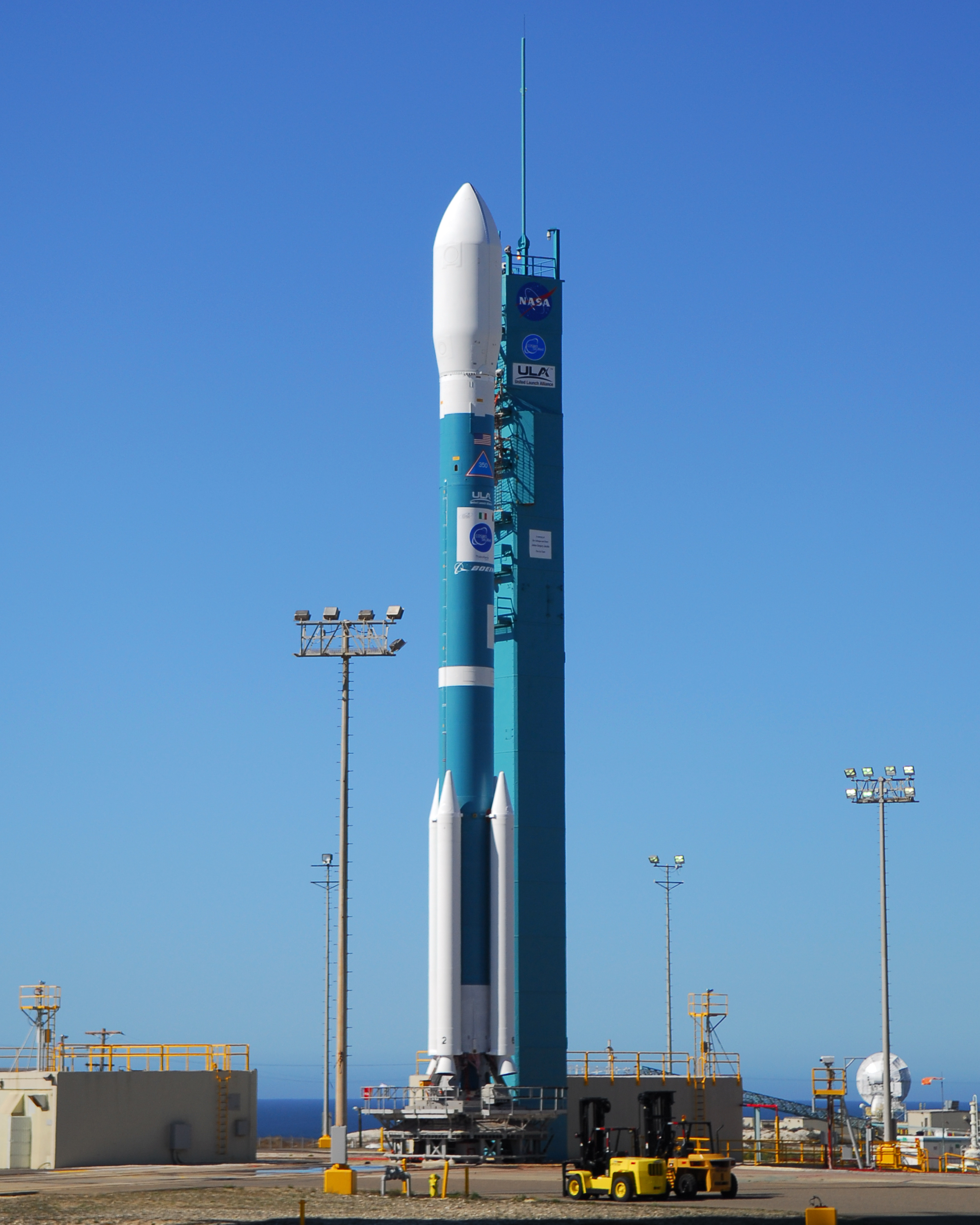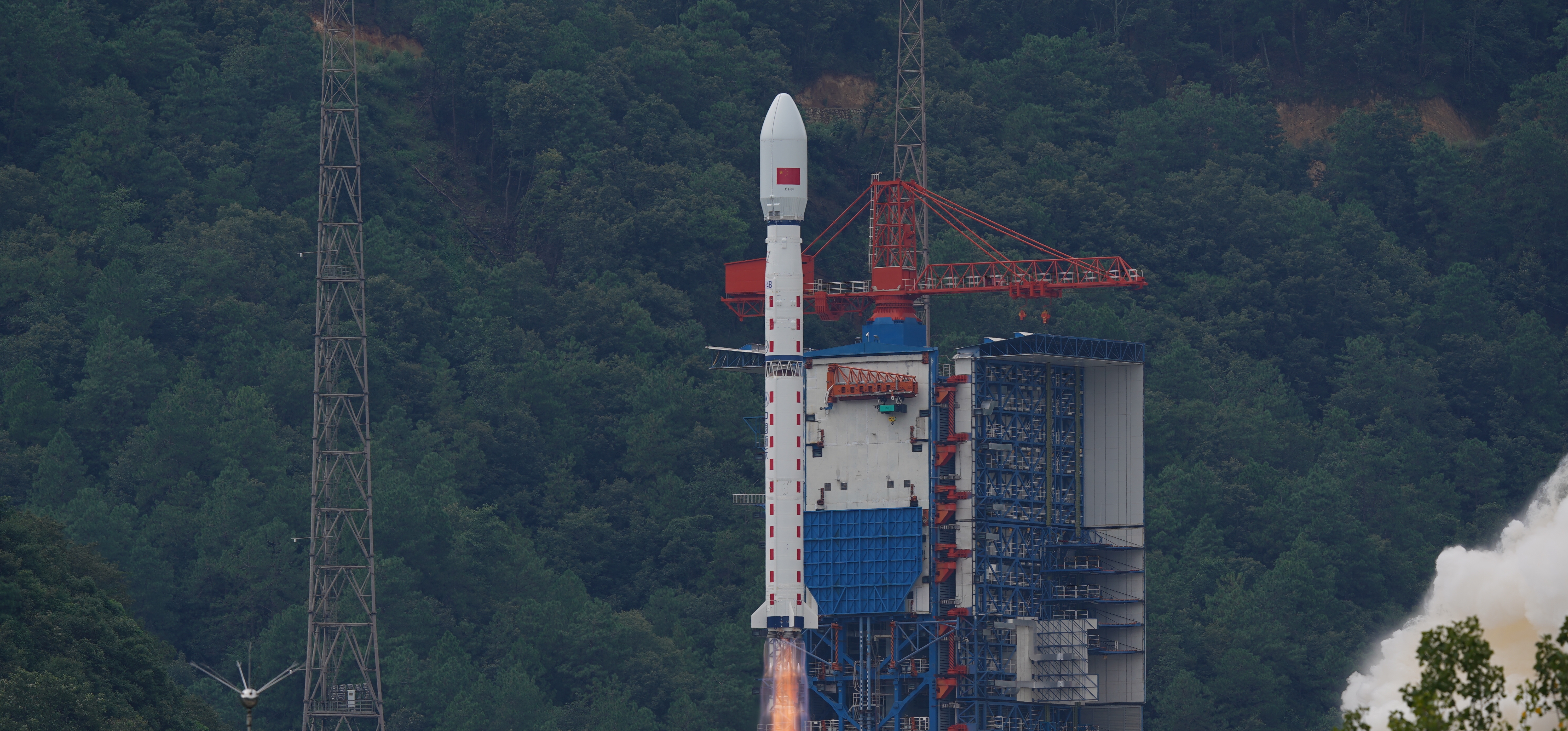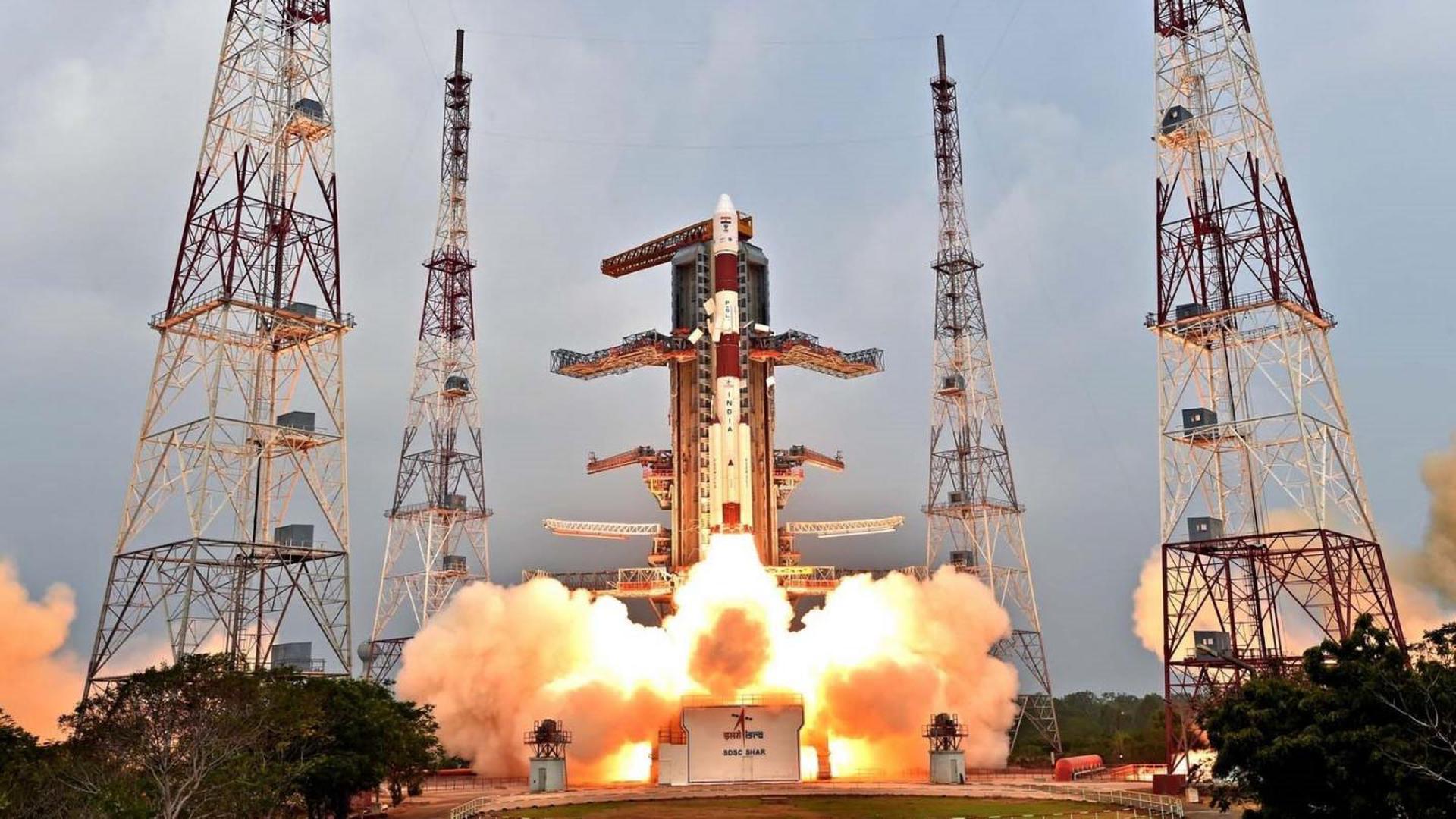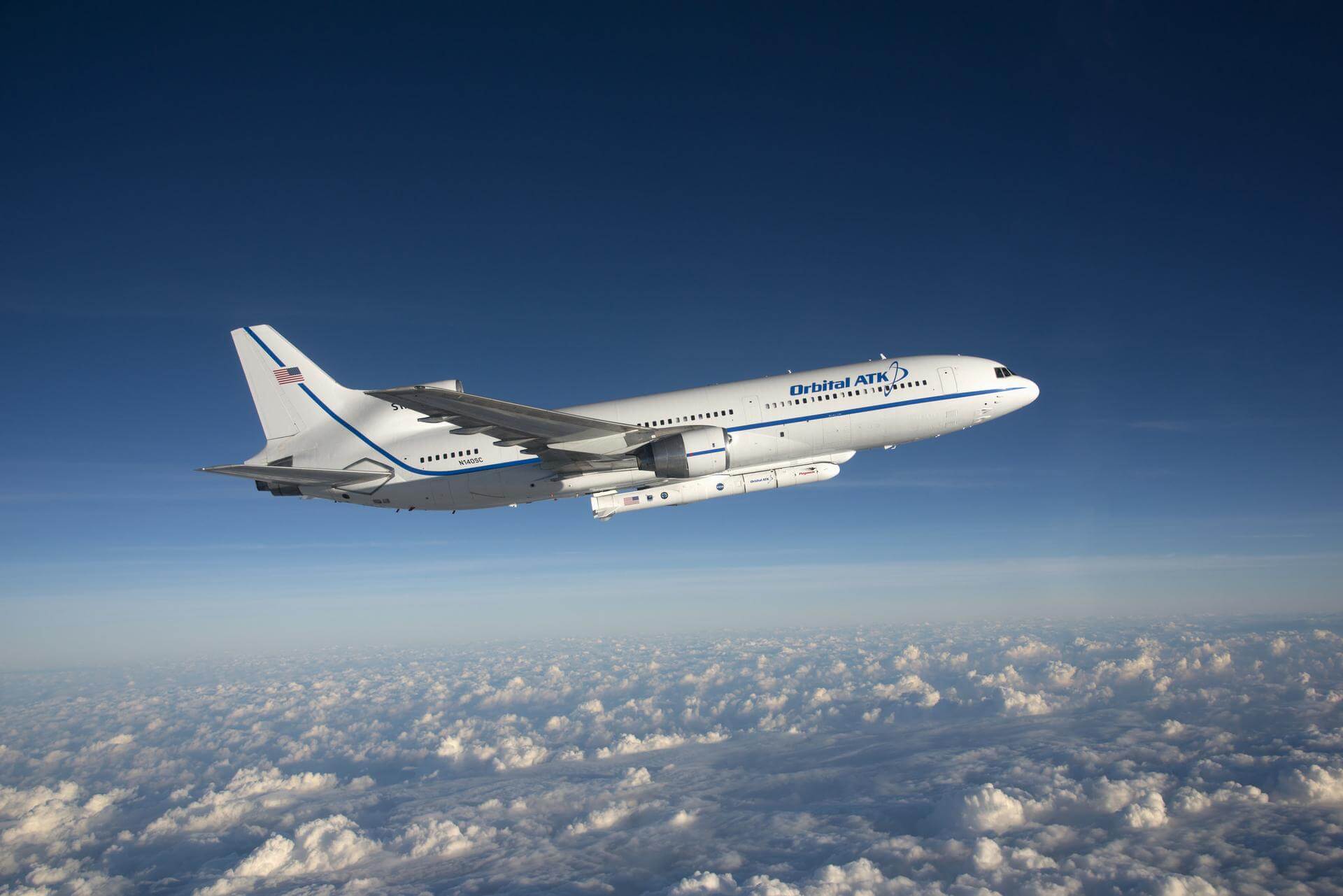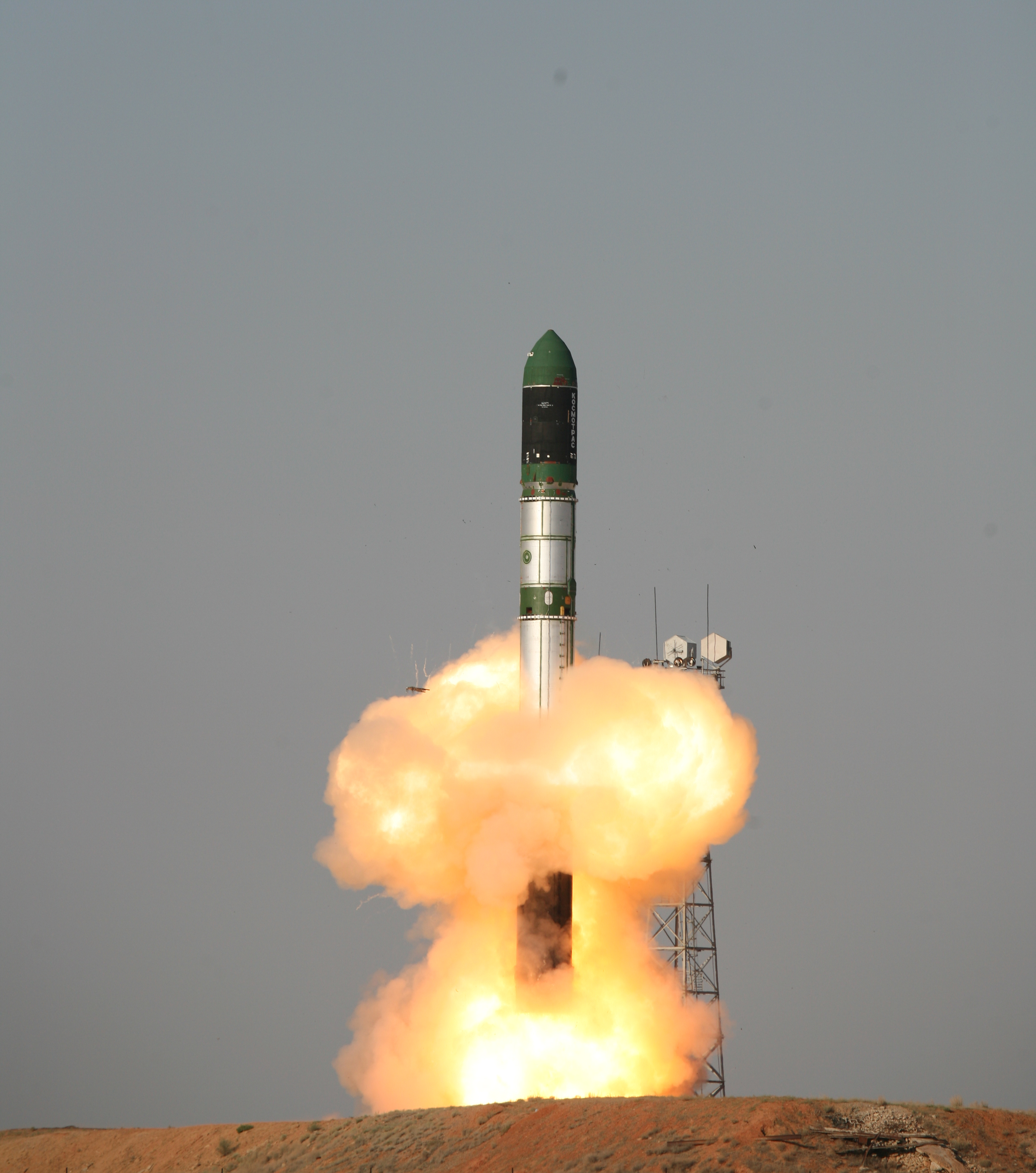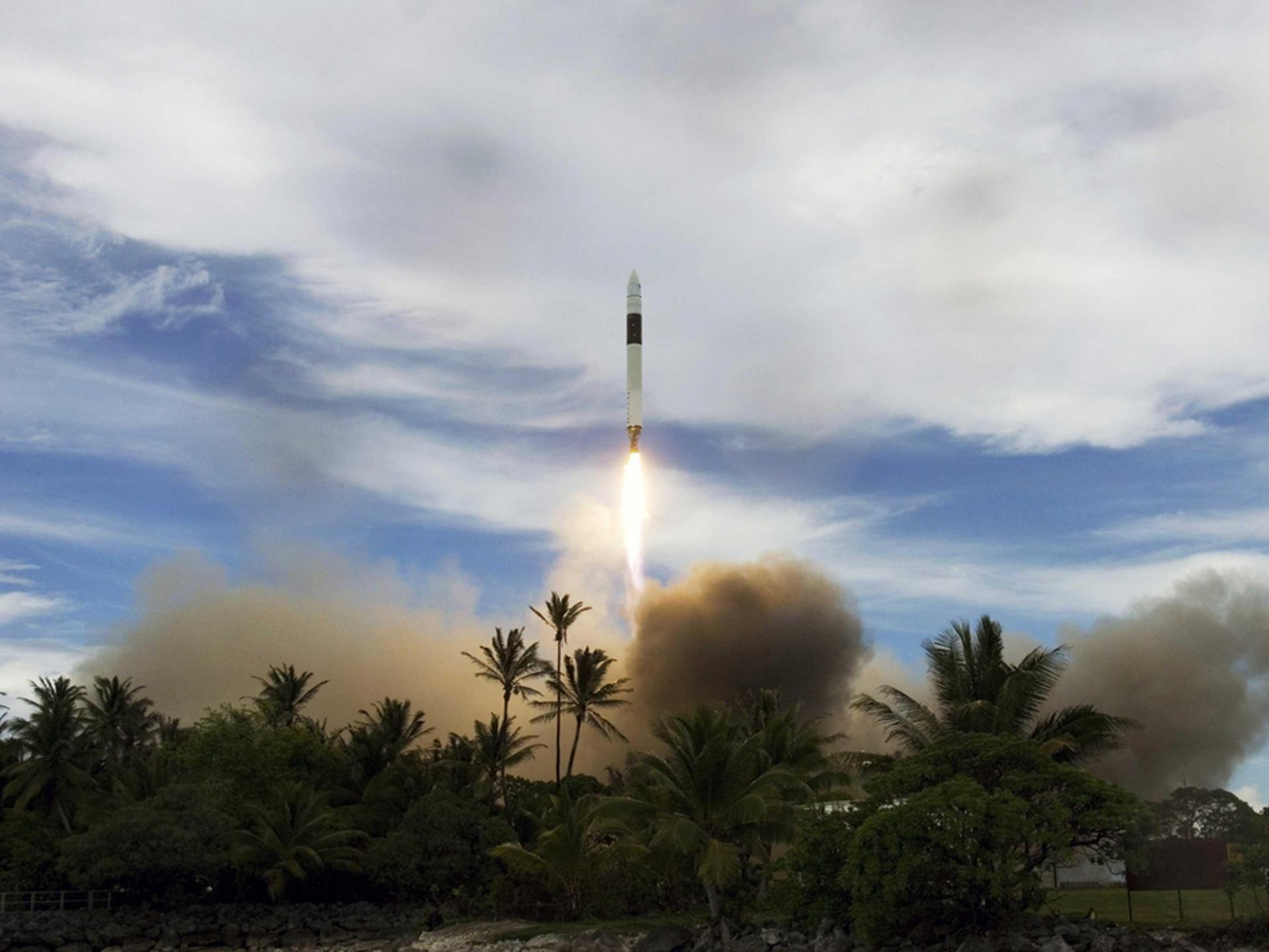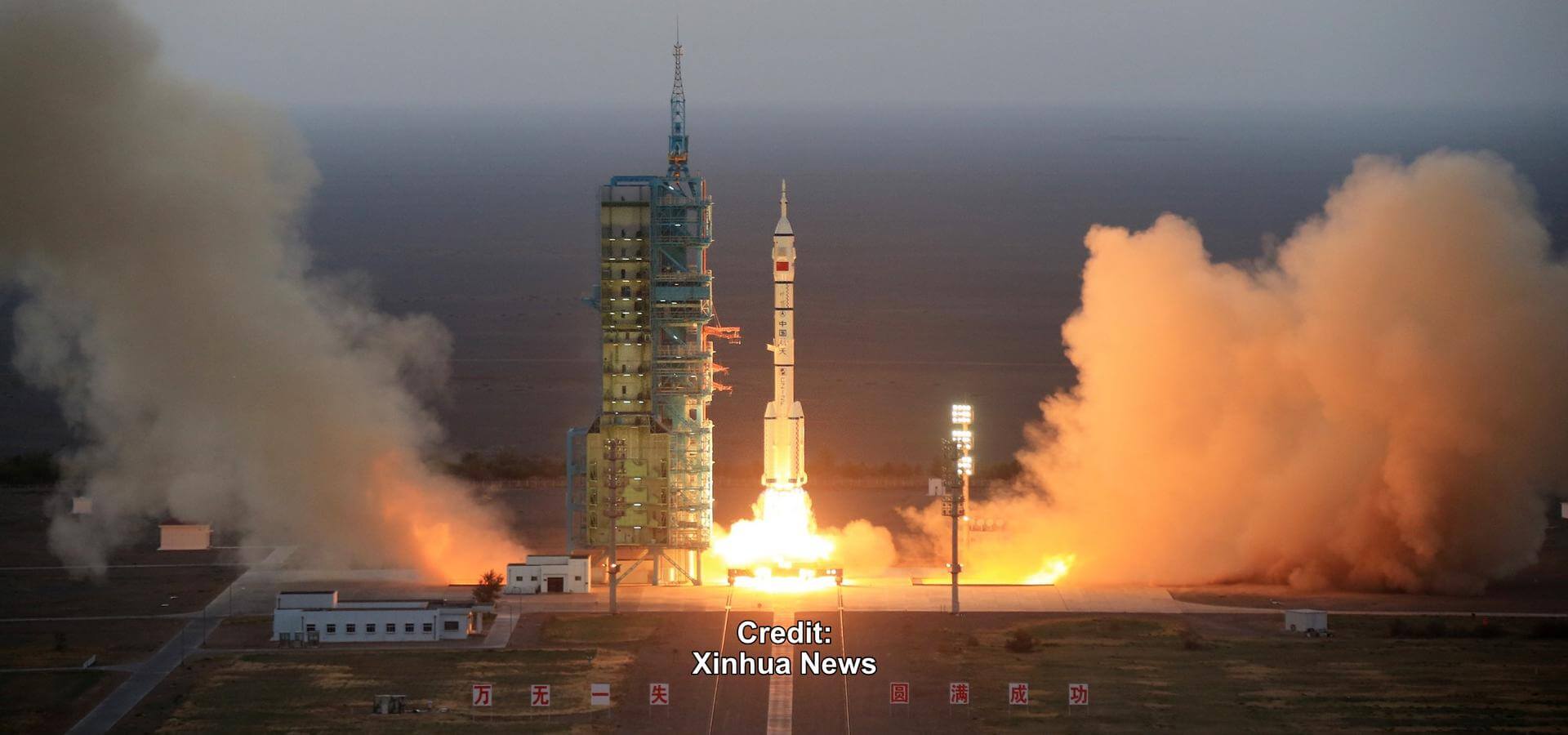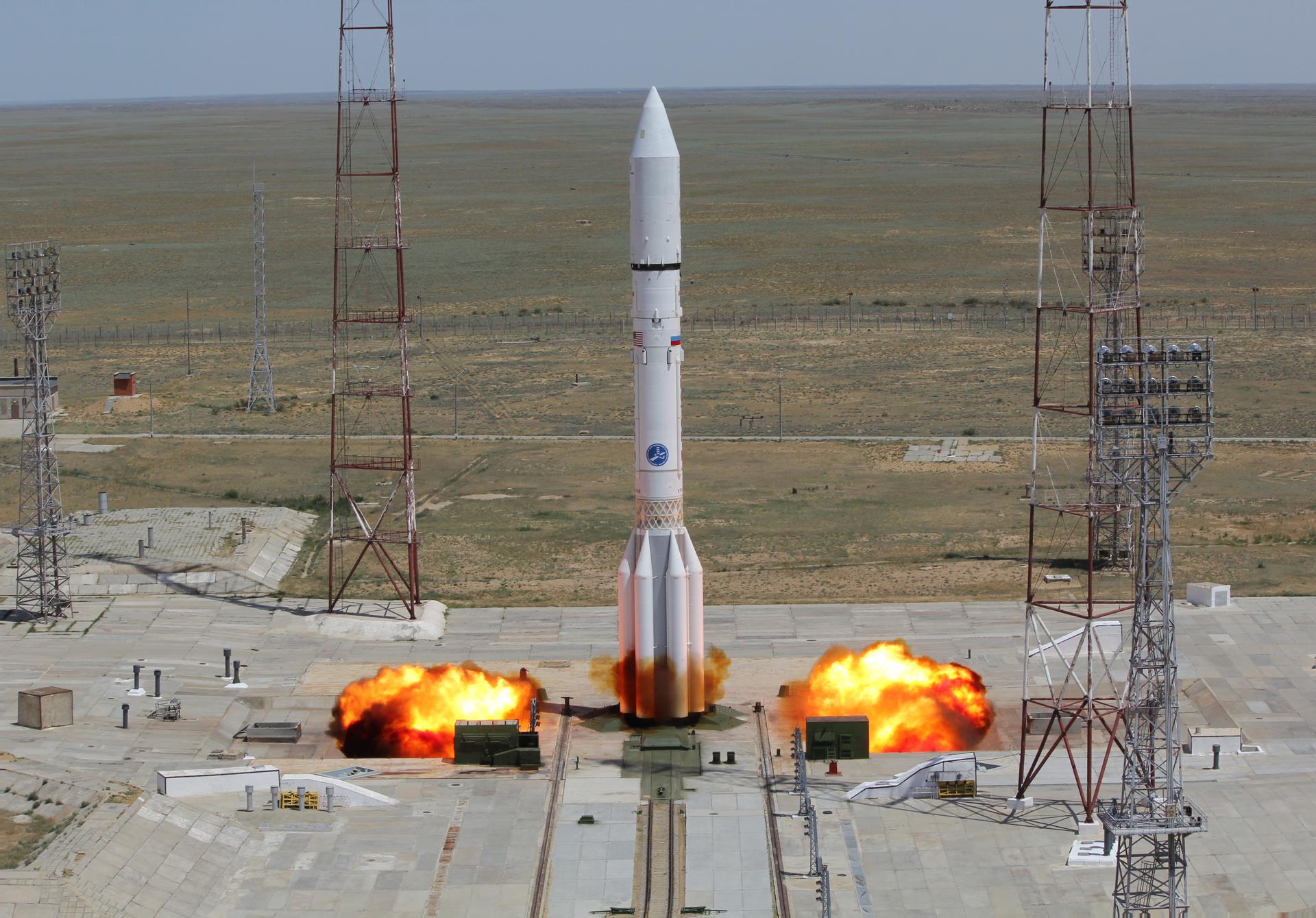Previous Spaceflight Launches
Filter by Agency, Locations or Vehicles
Show All LaunchesDelta II 7420-10 | COSMO-Skymed 3
United Launch Alliance | United States of AmericaVandenberg SFB, CA, USA
Oct. 25, 2008, 2:28 a.m.
Long March 4B | Shi Jian 6E & 6F
China Aerospace Science and Technology Corporation | ChinaTaiyuan Satellite Launch Center, People's Republic of China
Oct. 25, 2008, 1:15 a.m.
Status: Launch Successful
Mission:
It was announced that the two satellites had a design life of at least two years, and would be used to probe the space environment, radiation and its effects, record space physical environment parameters, and conduct other related space experiments.
Low Earth OrbitPSLV XL | Chandrayaan-1
Indian Space Research Organization | IndiaSatish Dhawan Space Centre, India
Oct. 22, 2008, 12:52 a.m.
Pegasus XL | Interstellar Boundary Explorer (IBEX)
Orbital Sciences Corporation | United States of AmericaAir launch to orbit
Oct. 19, 2008, 5:47 p.m.
Soyuz-FG | Soyuz TMA-13
Progress Rocket Space Center | RussiaBaikonur Cosmodrome, Republic of Kazakhstan
Oct. 12, 2008, 7:01 a.m.
Status: Launch Successful
Mission:
Soyuz TMA-13 begins Expedition 18 by carrying 3 astronauts and cosmonauts to the International Space Station. Russian Commander, cosmonaut Yuri Lonchakov alongside Flight Engineer, Michael Fincke (NASA) & spaceflight participant Richard Garriott (Space Adventures) will launch aboard the Soyuz spacecraft from the Baikonur Cosmodrome in Kazakhstan and then rendezvous with the station. It landed on 8 April 2009, 07:16 UTC
Low Earth OrbitDnepr | Thaichote
ISC Kosmotras | RussiaDombarovskiy, Russian Federation
Oct. 1, 2008, 6:37 a.m.
Falcon 1 | RatSat
SpaceX | United States of AmericaRonald Reagan Ballistic Missile Defense Test Site, Kwajalein Atoll, Marshall Islands
Sept. 28, 2008, 11:15 p.m.
Long March 2F | Shenzhou-7
China Aerospace Science and Technology Corporation | ChinaJiuquan Satellite Launch Center, People's Republic of China
Sept. 25, 2008, 1:10 p.m.
Status: Launch Successful
Mission:
This is the third crewed mission for China's Shenzhou program. Shenzhou-7 began its mission by bringing Zhai Zhigang, Liu Boming and Jing Haipeng into low Earth orbit. It was the first Chinese mission to have a three-person crew. During their 3 days in orbit, astronauts performed a number of tasks, including the first Chinese EVA carried out by Zhai Zhingang and Liu Boming. Shenzhou-7 deorbited and landed safely back on Earth on 28 September.
Low Earth OrbitProton-M | Uragan-M 15 to 17
Khrunichev State Research and Production Space Center | RussiaBaikonur Cosmodrome, Republic of Kazakhstan
Sept. 25, 2008, 8:49 a.m.
Zenit | Galaxy 19
Sea Launch | RussiaSea Launch
Sept. 24, 2008, 9:27 a.m.
